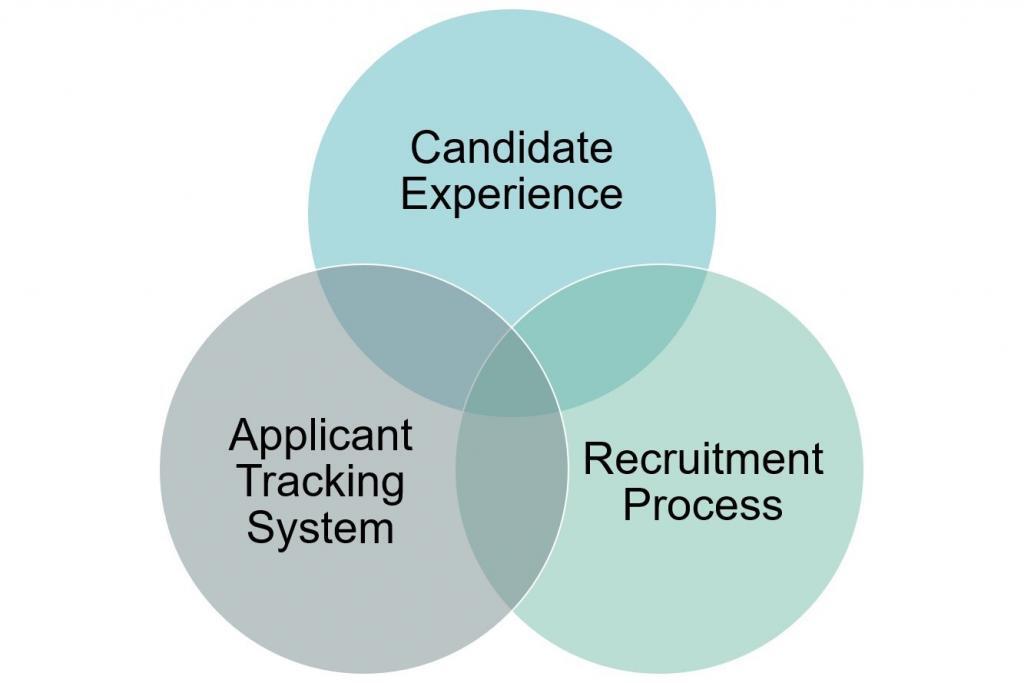Table of Contents
Why traditional job applications fail the candidate and the company
The traditional job application process involves posting on many job boards with a detailed job description, a lengthy application to be filled out online by the candidates, a recruiter sifting through piles of resumes, conducting several phases of interviews, or asking for referrals, and conducting assessments. At the end of this process, a job offer will be made. It may take at least 2 to 3 weeks for a candidate to know if they got the job. Millions of Gen Z workers are entering the workforce as we speak. This generation does not remember a time without a smartphone in their hand. As a result, companies will have to start adjusting their recruitment tactics to find the best candidates.
If you are still following the traditional process, it is time you reviewed the following:
1. Are you providing a Positive Candidate Experience?
According to the Human Capital Institute, 60% of job seekers report negative candidate experience with the employers they engage. In addition, they post their negative experience online and even avoid some employers they have a bad experience with. Three-fourths of job seekers today are millennials. They like posting their experiences online. Unfortunately, people pay a lot of attention to the negative reviews about an employer and decide not to join an organization. They also discourage others from applying.
Candidate experience plays a crucial role in attracting good talent to your organization. Here are three reasons why you should pay attention to it:
A. Builds a more substantial reputation for your organization:
Candidates will share positive reviews about their experience, thereby helping your company get a good reputation online. Provide feedback to all candidates even if they are not selected for the next step. They may be disappointed, but they will appreciate the feedback. Be transparent and honest with the candidates. Do not oversell because you need to hit your KPIs.
B. Positive experience relates to more robust business processes:
Results stem from good business processes. Similarly, positive candidate experience results from having an efficient hiring process. Keep the recruitment process efficient by reducing redundancies. Establish clear outcomes for each phase of the process. Train everyone on the process and reduce the time to complete the recruitment cycle. Candidates relate to such efficiencies and will have high regard for your organization.
C. Better engagement from the beginning:
First impressions matter for both the candidate and the organization. Providing positive candidate experience from the beginning sets the relationship on the path to success. Every touchpoint with the candidate matters: It will eventually reflect in your recruitment KPIs. Candidates appreciate honesty and periodic updates on the process. A clear picture of the recruitment process and an engaged recruiter will provide a positive experience to a candidate. Using a video-based application helps to make engagement and expectations very clear from the beginning of the process.
2. Is your Applicant Tracking System (ATS) good?
According to a Talent Acquisition Survey by Jibe, most job seekers detest the online application process because they find it time-consuming, stressful, and discouraging. In addition, 12% of the job seekers felt getting a root canal is better than applying for a job. If that’s how candidates think about the application process, we have a problem.
Let’s take a look at some of the issues contributed by your ATS.
A. Repeating information from resumes:
99% of the application systems ask candidates to upload their resumes and fill out their job experience and education. The job market has evolved over the years, yet, the job application process has not changed. Stop asking the applicants to repeat their information that is standard on a resume. It frustrates the candidates, and talented candidates will judge all systems in your organization with this experience.
B. Complicated user interface:
Most medium-sized companies typically have an ATS. Invest in an ATS that reduces the application cycle. A complicated ATS is a deterrent and affects candidate experience. Test your ATS with your existing employees and hiring managers. Take their feedback and invest in fixing the bugs. Provide updates to candidates through the ATS. Make it simpler for the applicants to follow your recruitment process in the ATS and understand the next steps instead of having to email you.
3. Is your recruitment process efficient?
When it comes to hiring top talent, speed and quality are two critical factors that cannot be compromised. Identifying and pushing the suitable candidates through the recruitment funnel will be the difference between finding that perfect hire versus setting for a candidate that is not as qualified. Unfortunately, many organizations make mistakes while trying to attract the right talent. Here are some pitfalls that can be avoided:
A. Job postings are not describing the actual job:
More often than not, job postings are not written by people working in that role. Instead, they are written by a recruiter or a hiring manager. The person that does the actual job will provide an accurate description of the day-in-the-life of that role—for example, asking for backend development experience and degrees in CSS, JavaScript, and Python. Simply put, you wouldn’t ask a farmer to be an expert chef. Instead of finding someone that can be trained to do a job, you are now searching for a unicorn candidate. Talented candidates may not apply for such job postings as they may think the organization has unreasonable expectations.
B. Assuming experience and education are mandatory to find a good fit:
One of the often-repeated problems in job postings is asking for experience incorrectly. Hire for potential and not for experience. By sticking to the years of experience, you limit your candidate pool. Instead, consider looking at the candidate’s portfolio and provide an assessment that will test their skills. Experience doesn’t equal performance. Look for candidates with months or a year of experience in the product that has a good attitude and can learn. Companies like Apple, Google, Tesla have removed the requirement of a 4-year degree for their jobs. Apple CEO Tim Cook explains why you do not need a college degree to be successful.
C. Being too dependent on external recruitment agencies:
It can be a lot of work to recruit for every position. Often, companies outsource their recruitment work to external agencies. Be careful about whom you choose as your head hunter, as they can create an incorrect reputation for your company. Review the pros and cons of outsourcing recruitment before deciding to do so. Extended agencies know and have very little connection to your organization. They are not your brand ambassadors. Because they know very little about the role, they may not source quality candidates.
D. Not being transparent and honest:
Recruiters have a poor reputation of deceiving candidates during salary negotiation or not sharing the right picture of the job. These practices arise from the ‘close at all costs’ mentality. It will end up turning good candidates to resentful when they get hired. On the other hand, being honest and transparent will attract the right talent into your organization and breed the right culture.
E. Poor interview practices:
Poor interview practices will affect the experience of candidates directly. Train your hiring managers on conducting interviews and staying on point with the goal of the interview. They must understand what’s legal and appropriate to ask a candidate. In addition, hiring managers must remain objective throughout the process. The goal of the interview is not only to assess the candidate but also to paint a good picture of the company to them.
As you can see, a combination of technology and sound hiring practices will attract the right talent into your organization. But unfortunately, the traditional application process fails the candidate and the organization.
Related Resource: Best Hiring Practices – Top Questions Answered
Related Blog Post: The Top 5 Ways to Speed up the Hiring Process


 Dr. Jaffee (M.A., Ph.D.) is a recognized expert in the field of assessments, and has created effective HR Solutions used by millions of people.
Dr. Jaffee (M.A., Ph.D.) is a recognized expert in the field of assessments, and has created effective HR Solutions used by millions of people.